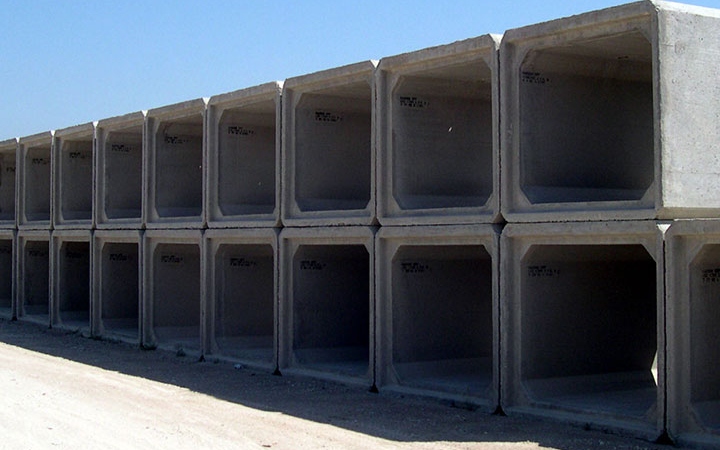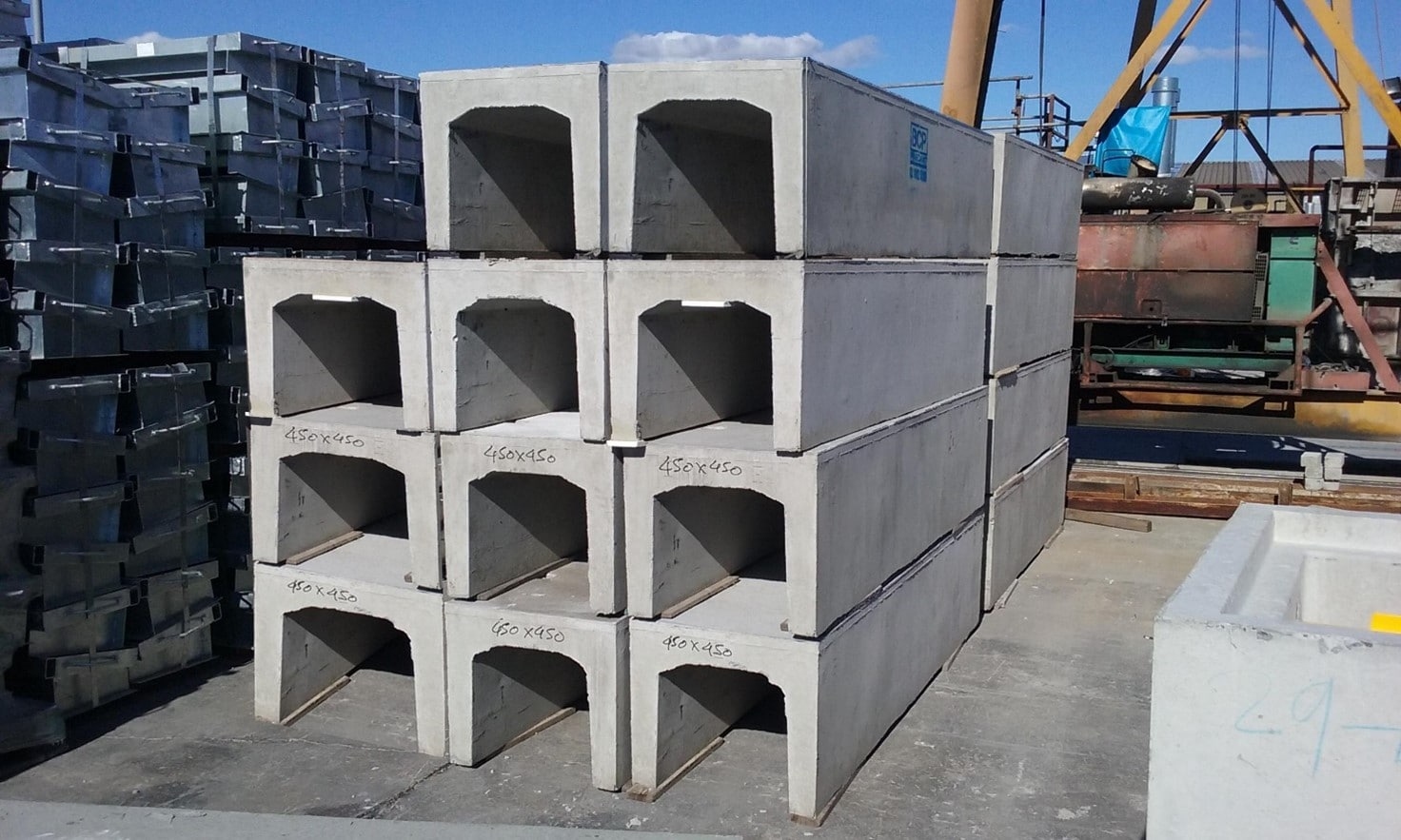
Comparing Box Culverts and Other Culvert Types: Which is Best?
Culverts are vital structures in infrastructure projects, allowing the passage of water under roads, railways, or trails.
Among the various types of culverts, box culverts stand out for their versatility and strength. In this comprehensive comparison, we'll delve into the characteristics of box culverts and other common culvert types to determine which is the best choice for different scenarios.
Box Culverts

Box culverts are typically made of reinforced concrete and consist of a rectangular or square-shaped structure. They offer several advantages, including:
-
Strength and Durability: Box culverts are known for their robustness, making them suitable for areas with heavy traffic loads or high water flow rates.
-
Versatility: They can be designed to various sizes and configurations, accommodating different site requirements and hydraulic conditions.
-
Ease of Installation: Box culverts are prefabricated off-site, reducing on-site construction time and minimizing traffic disruptions.
Other Culvert Types
Apart from box culverts, several other culvert types are commonly used:
-
Pipe Culverts: Pipe culverts are circular conduits made of materials like concrete, steel, or plastic. They are efficient for conveying water under roads and railways, especially in areas with limited space or shallow cover depth.
-
Arch Culverts: Arch culverts feature a semi-circular or elliptical shape, providing structural strength and aesthetic appeal. They are suitable for applications where a low-profile design is desired, such as in urban environments or scenic areas.
-
Slab Culverts: Slab culverts consist of a single concrete slab spanning the waterway, supported by abutments or piers. They are commonly used in small to medium-sized drainage channels or streams.
Comparison Factors

To determine the best culvert type for a specific project, several factors need to be considered:
-
Hydraulic Capacity: Each culvert type has different hydraulic characteristics, affecting its ability to convey water efficiently without causing flooding or erosion.
-
Structural Integrity: The structural design of the culvert must withstand the expected loads and environmental conditions over its lifespan.
-
Installation and Maintenance: Factors such as ease of installation, maintenance requirements, and long-term costs play a crucial role in selecting the most suitable culvert type.
In conclusion, the choice between box culverts and other culvert types depends on various factors, including site conditions, hydraulic requirements, and project constraints. While box culverts offer excellent strength, versatility, and ease of installation, other culvert types may be more suitable for specific applications or aesthetic considerations. Ultimately, consulting with experienced engineers and considering all relevant factors is essential to making an informed decision and ensuring the success of the culvert installation project.
Trending
-
1 Jocko Willink's Inspirational Life & Net Worth
Aaqil Ashraf -
2 How Art Shapes Culture and Reflects Human Experience
Luke Fitzpatrick -
3 Meet Felix Williams and Maria Arthuer: The Parents of World Class Winger Nico Williams
Felix Yim -
4 Kai Cenat's Dad and the Enduring Public Interest
Aaqil Ashraf -
5 London Tube Stations Closed as Workers Stage Strikes
Mihir Gadhvi





Comments